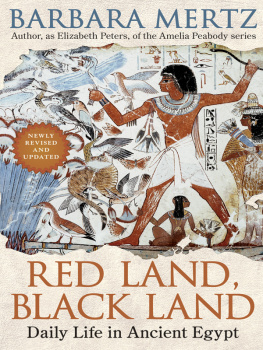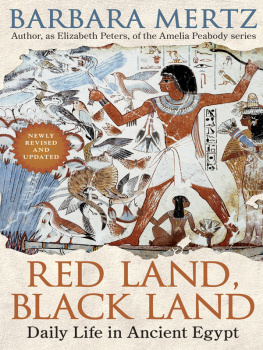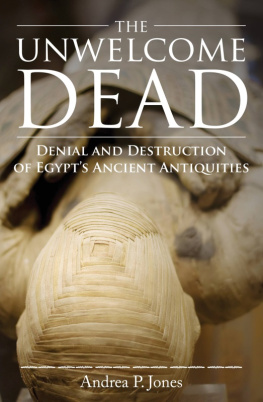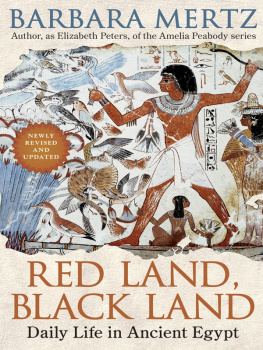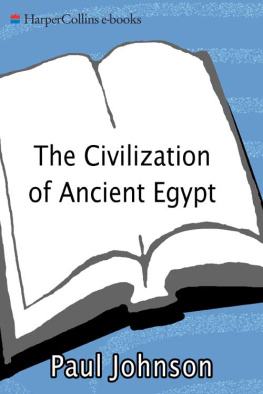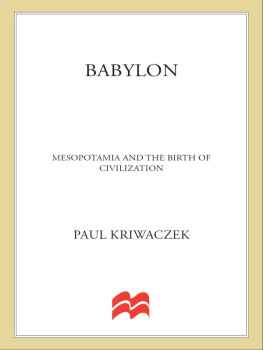Barbara Mertz - Red Land, Black Land
Here you can read online Barbara Mertz - Red Land, Black Land full text of the book (entire story) in english for free. Download pdf and epub, get meaning, cover and reviews about this ebook. year: 2008, publisher: HarperCollins, genre: Art. Description of the work, (preface) as well as reviews are available. Best literature library LitArk.com created for fans of good reading and offers a wide selection of genres:
Romance novel
Science fiction
Adventure
Detective
Science
History
Home and family
Prose
Art
Politics
Computer
Non-fiction
Religion
Business
Children
Humor
Choose a favorite category and find really read worthwhile books. Enjoy immersion in the world of imagination, feel the emotions of the characters or learn something new for yourself, make an fascinating discovery.
- Book:Red Land, Black Land
- Author:
- Publisher:HarperCollins
- Genre:
- Year:2008
- Rating:3 / 5
- Favourites:Add to favourites
- Your mark:
Red Land, Black Land: summary, description and annotation
We offer to read an annotation, description, summary or preface (depends on what the author of the book "Red Land, Black Land" wrote himself). If you haven't found the necessary information about the book — write in the comments, we will try to find it.
A fascinating, erudite, and witty glimpse of the human side of ancient Egyptthis acclaimed classic work is now revised and updated for a new generation
Displaying the unparalleled descriptive power, unerring eye for fascinating detail, keen insight, and trenchant wit that have made the novels she writes (as Elizabeth Peters and Barbara Michaels) perennial New York Times bestsellers, internationally renowned Egyptologist Barbara Mertz brings a long-buried civilization to vivid life. In Red Land, Black Land, she transports us back thousands of years and immerses us in the sights, aromas, and sounds of day-to-day living in the legendary desert realm that was ancient Egypt.
Who were these people whose civilization has inspired myriad films, books, artwork, myths, and dreams, and who built astonishing monuments that still stagger the imagination five thousand years later? What did average Egyptians eat, drink, wear, gossip about, and aspire to? What were their amusements, their beliefs, their attitudes concerning religion, childrearing, nudity, premarital sex? Mertz ushers us into their homes, workplaces, temples, and palaces to give us an intimate view of the everyday worlds of the royal and commoner alike. We observe priests and painters, scribes and pyramid builders, slaves, housewives, and queensand receive fascinating tips on how to perform tasks essential to ancient Egyptian living, from mummification to making papyrus.
An eye-opening and endlessly entertaining companion volume to Temples, Tombs, and Hieroglyphs, Mertzs extraordinary history of ancient Egypt, Red Land, Black Land offers readers a brilliant display of rich description and fascinating edification. It brings us closer than ever before to the people of a great lost culture that was so different fromyet so surprisingly similar toour own.
Barbara Mertz: author's other books
Who wrote Red Land, Black Land? Find out the surname, the name of the author of the book and a list of all author's works by series.

